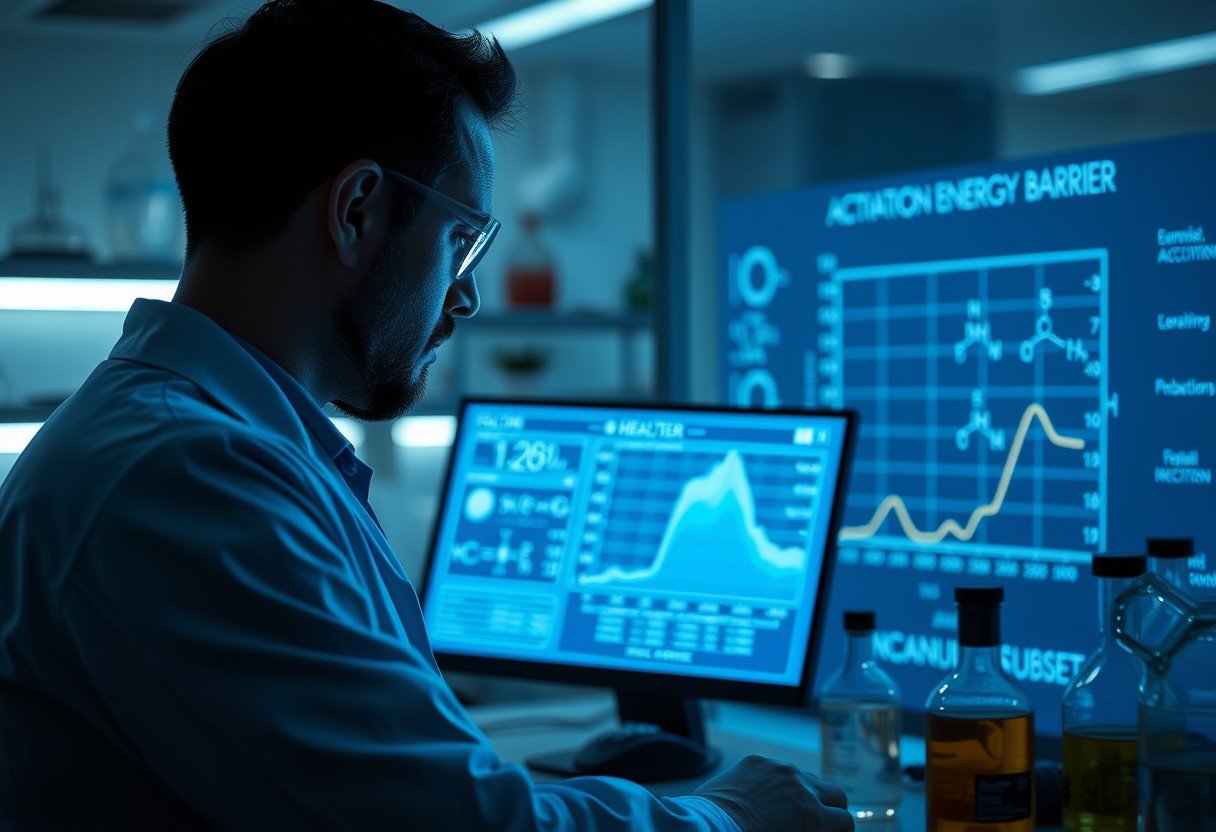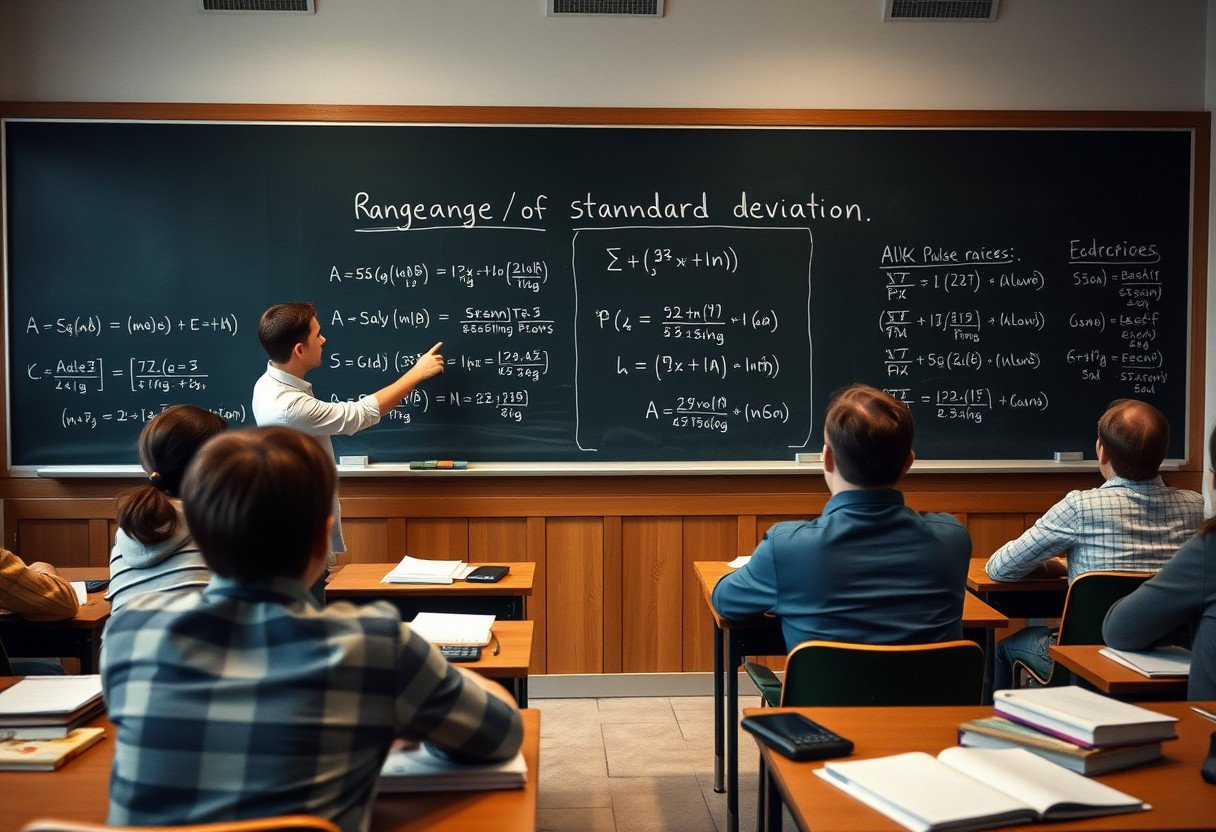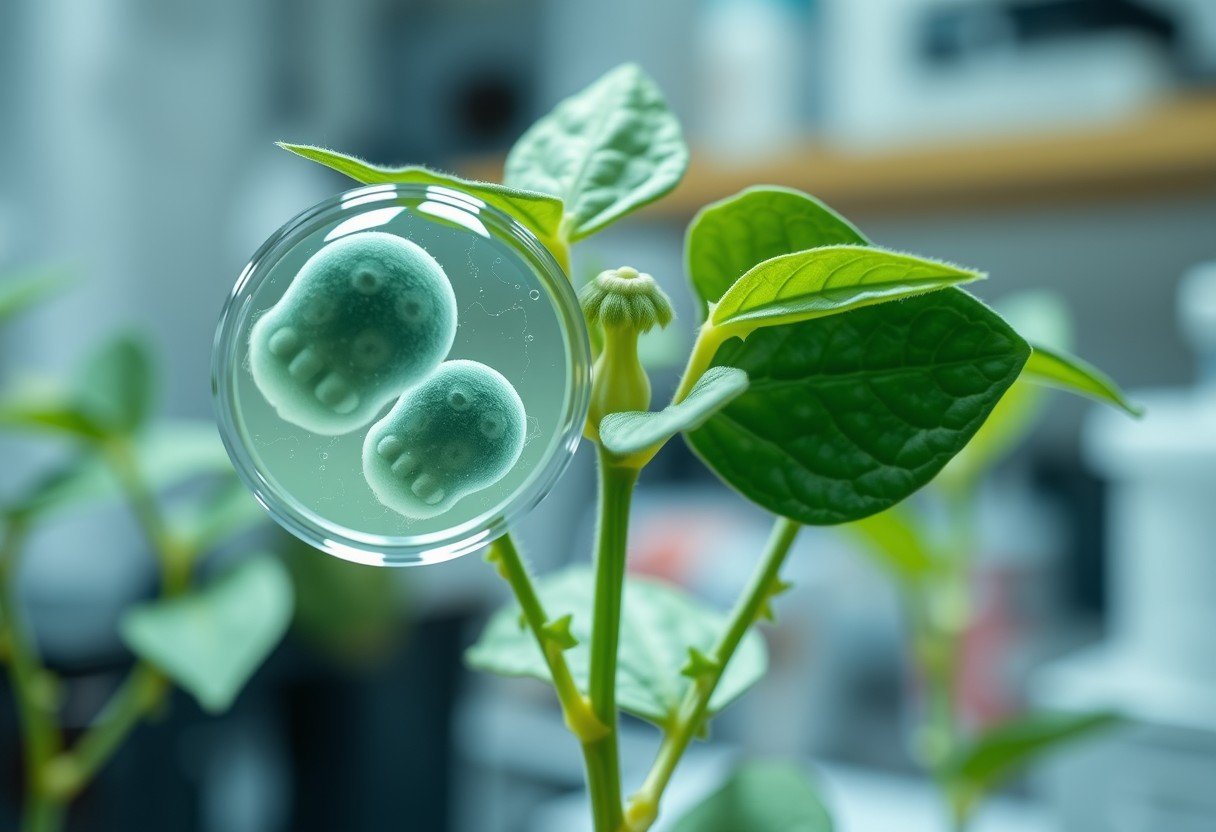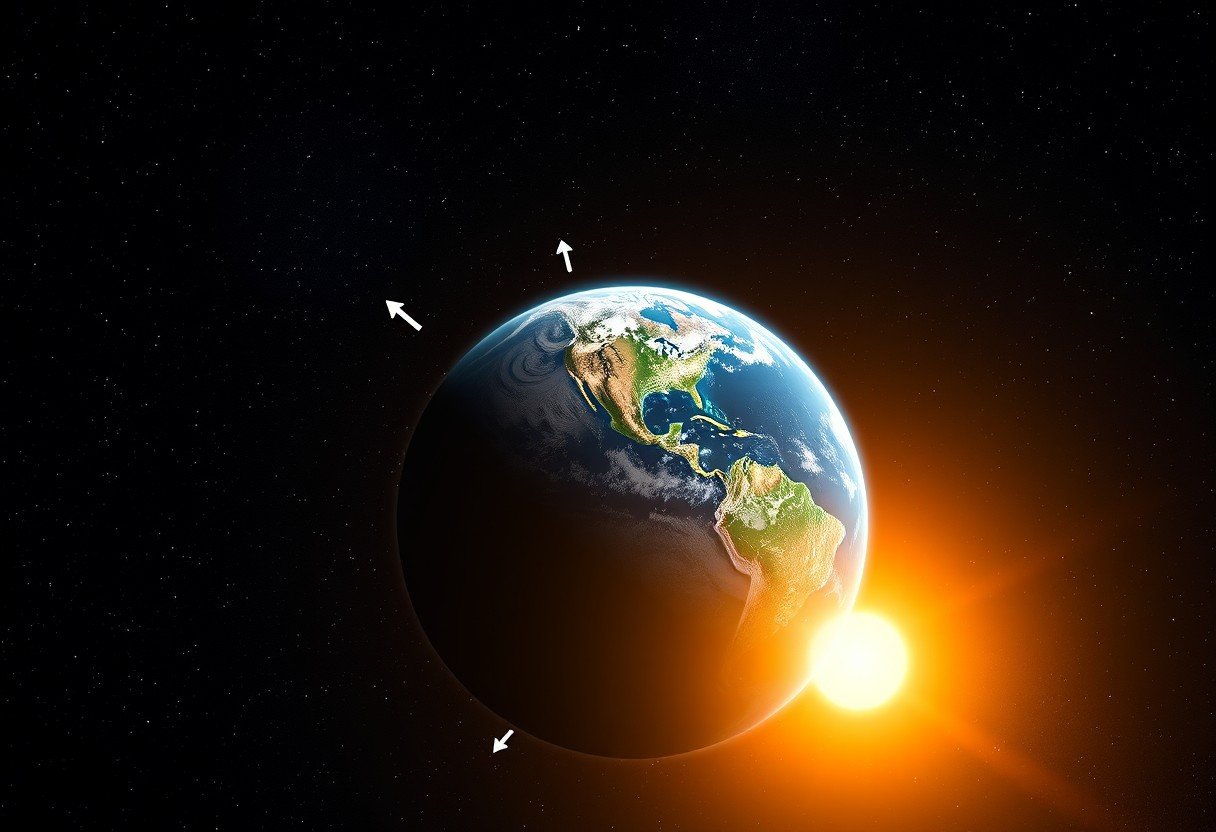Need to find an activation barrier from a known frequency factor in chemistry? Here is a simple, lab ready guide on what activation energy is, why it matters, where it shows up in real reactions, when to use Arrhenius plots, and how to calculate Ea using A = 2×1013 s-1. Scientists and students use this method every day to predict reaction rates.
Why Activation Energy Matters in Reaction Rates
Activation energy is the energy hurdle that molecules must clear to react. If the hurdle is high, reaction is slow at a given temperature.
Lower activation energy gives faster reactions at the same temperature because more molecules have enough energy to cross the barrier.
In the lab and in industry, knowing Ea helps set safe temperatures, choose catalysts, and compare reaction routes. It is central in kinetics for medicines, materials, fuels, and environmental processes.
In IUPAC terms, activation energy is defined from the temperature dependence of the rate constant. This makes it a measurable, model based quantity that links energy profiles to observed speed.
Frequency Factor Meaning and Typical Values
The frequency factor A in the Arrhenius equation captures collision frequency and orientation success. For many unimolecular and simple bimolecular gas reactions, A often lies near 1012 to 1013 s-1.
In this guide we use A = 2×1013 s-1, which is a realistic magnitude for elementary reactions where collisions are frequent and alignment is favorable.
A is not only about how often molecules meet; it also reflects how well they are oriented to reach the transition state. In solution, solvent friction and steric effects can reduce A relative to ideal gas collisions.
Measured A values come from fitting rate data versus temperature, usually together with Ea, because both appear in the same equation and can be correlated if data are sparse.
Arrhenius Equation Explained for Easy Calculation
The Arrhenius equation is k = A exp(−Ea/RT), where R is the gas constant and T is temperature in kelvin. Rearranged, Ea = −RT ln(k/A).
With A known and k measured at a known temperature, you can compute Ea directly from a single data point.
R from CODATA is 8.314462618 J mol-1 K-1. Units matter: for first order reactions, k is in s-1; for second order reactions, k has concentration units which must match how A is defined.
If you have k at several temperatures, a plot of ln k versus 1/T gives a straight line with slope −Ea/R, which is more reliable and reduces error.
Steps to Calculate Activation Energy from A and k
Use this checklist when you know A and have a rate constant at a specific temperature. It works for first order rate constants measured in s-1.
- Record A = 2×1013 s-1, temperature T in kelvin, and the measured k in s-1.
- Compute the ratio k/A, then take the natural log ln(k/A).
- Use Ea = −R T ln(k/A) with R = 8.314462618 J mol-1 K-1.
- Report Ea in kJ mol-1 by dividing by 1000, and include the temperature used.
Always state T and the order of the reaction so the units of k and A are consistent and the result is reproducible.
If you have multiple temperatures, prefer the linear fit of ln k against 1/T; it gives Ea from the slope and improves confidence intervals.
Worked Example at Common Temperatures
Below are illustrative calculations using A = 2×1013 s-1. Values show how k and T affect the computed activation barrier.
These examples produce Ea near 90 to 102 kJ mol-1, which is typical for many thermal reactions without strong catalysis.
| Temperature T (K) | Rate Constant k (s-1) | ln(k/A) | Calculated Ea (kJ mol-1) |
|---|---|---|---|
| 298 | 1.0×10-3 | -37.535 | 93.0 |
| 350 | 1.0×10-1 | -32.930 | 95.8 |
| 400 | 1.0 | -30.627 | 101.9 |
Calculation method: Ea = −R T ln(k/A) with R = 8.314462618 J mol-1 K-1. Small rounding differences are expected if you keep more digits.
If your measured k differs, plug it in and repeat the same steps. The structure of the math does not change, only the numbers do.
Catalysts and Temperature Effects on the Barrier
Temperature raises molecular energy and increases k by boosting the fraction of molecules above the barrier. At 10 K steps, many reactions change rate by factors of 2 to 4, consistent with Arrhenius behavior.
Catalysts lower Ea by offering a new path with a smaller barrier, often reducing Ea by 10 to 100 kJ mol-1 depending on the system.
A common lab observation is that a catalyst shifts both Ea and sometimes A because the mechanism and the transition state change. This is why fitting pre and post catalyst data is essential.
In solution, viscosity, ionic strength, and solvent polarity can alter A and Ea by changing how often and how well molecules meet and align.
Limits of Arrhenius Model and Better Models
Arrhenius works well over moderate temperature windows, but Ea can drift with T if the mechanism changes, or if the heat capacity of the transition state differs from reactants.
When curvature appears in ln k versus 1/T, consider transition state theory or Eyring analysis to separate enthalpy and entropy of activation.
Multi step reactions may show mixed control, where the rate limiting step changes with T or concentration. In such cases, a single Ea is only an apparent value.
For reactions in complex media, diffusion control or cage effects may dominate. Then the observed rate reflects mass transport as much as chemistry.
Common Mistakes and Data Needs
Several avoidable errors can throw off Ea by tens of kJ mol-1. Use this quick list when planning measurements and calculations.
- Mixing units for k and A, or using second order k with first order A.
- Forgetting to convert Celsius to kelvin before computing RT.
- Using too few temperature points, which hides mechanism changes.
Best practice is to measure k at 4 to 6 temperatures spanning at least 20 K and to report uncertainties from the linear fit.
When literature data are available, compare your fitted A and Ea with reported ranges for similar mechanisms to validate your results.
FAQ
What formula do I use to get activation energy from a known A?
Use Ea = −R T ln(k/A) with R = 8.314462618 J mol-1 K-1. Measure k at the temperature T and keep units of k and A consistent.
Can I find Ea with only the frequency factor 2×1013 s-1?
No. You also need a rate constant k at a known temperature, or several k values at different temperatures to build an Arrhenius plot.
Why do typical A values cluster near 1012 to 1013 s-1?
These magnitudes match molecular collision frequencies and successful orientation probabilities in gases and many solutions, as reported in standard kinetics texts.
What is a good way to reduce error in Ea?
Measure k at multiple temperatures and fit ln k versus 1/T. The slope gives −Ea/R and averages out random noise, improving confidence.
How do catalysts change Ea and A in practice?
Catalysts often lower Ea significantly and may also change A by altering orientation and the transition state. Always refit both parameters with new data.
Is my reaction first order or second order for this method?
The formula works for any order, but you must match A and k units. For second order, k and A carry concentration units, so be careful with consistency.









Leave a Comment